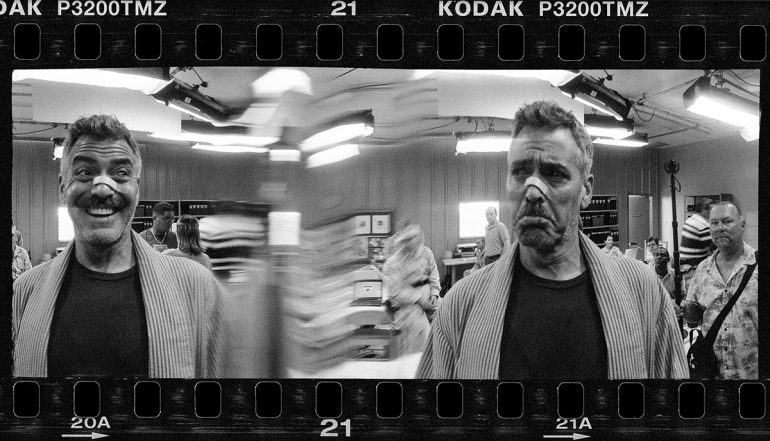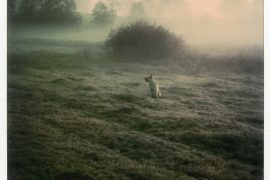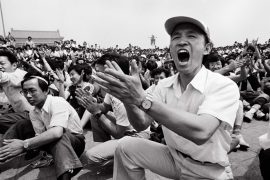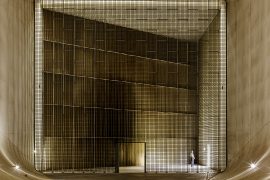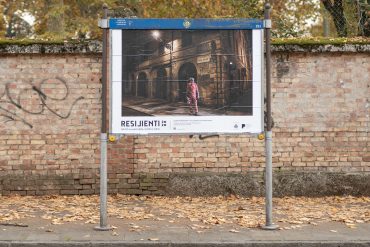by Claudia Stritof
_
“In 1956 Robert Frank photographed the” H “of the Hollywood sign […] from the back, revealing the structure that supports the letter and the deterioration of the icon”, alluding, metaphorically, to the crumbling system of the Studios.
So writes Kerry Brougher in the book Jeff Bridges. Pictures: Volume Two (PowerHouse Books, 2019), drawing an interesting parallel with the photographic work of Jeff Bridges, versatile actor, Oscar winner for Best Actor for Crazy Heart and, for those who do not know, also an established photographer.
Contrary to what Robert Frank noted, Jeff Bridges – coming from a family well rooted in the film industry – does not capture a world in decay, but photographs the environment in which he grew up and pays homage to it through a kind of photography which is familiar and personal.
From his images emerges the collaborative spirit that binds the cast during filming, the daily routine on the set and the intense friends and family relationships woven by the actor during his life. In fact, since 1984, Jeff Bridges has documented the making of most of the films in which he starred, including the wonderful The Fisher King, directed by director Terry Gilliam and starring Bridges and an amazing Robin Williams as Parry, or The Big Lebowski, a film directed by the Coen brothers and selected for the National Film Registry of the United States Library of Congress, as a film “culturally, historically or aesthetically significant”.
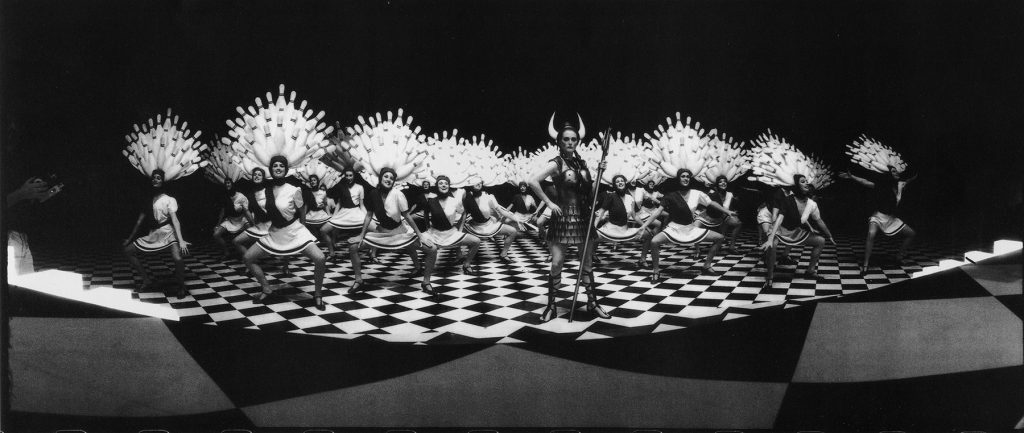
In a short interview, the actor tells me when his love for photography was born:
“It started back in high school when I borrowed my dad’s Nikon and started taking pictures and I set up a darkroom in my bathroom. I put tin foil on the windows and got it all dark and I put trays over the bath tub. It was a crowded space with my enlarger and everything, but I just loved being in there with the red light and listening to tunes and having that picture come out of the soup, magically… I just loved that.
But then I got into the Widelux when Mark Hanauer, a photographer, took some pictures at our wedding [Jeff Bridges is married to Susan Geston, Ed.]. We had this crazy, impromtu wedding with a lot of friends and family and he took these Widelux pictures that I just loved.
I remember seeing this camera in high school. There was a rumor going around that a guy was coming to take our class picture and if you ran around real quick you could be in the picture twice… because it was a panning lens… and nobody believed that rumor, but it turned out to be true. That’s what started my love of the Widelux camera. And my wife, Sue, gave me, as a wedding gift, a Widelux. And that’s pretty much the only camera I use these days, besides the iPhone for random shots.
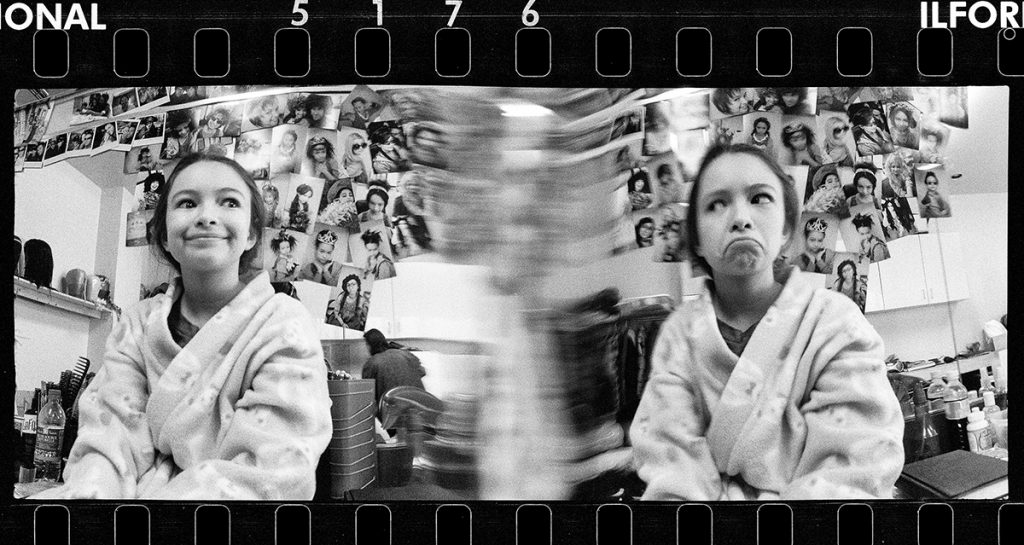
The technical characteristics of Widelux make this machine important for Bridges’ poetics, because its panoramic format allows multiple stories to be told simultaneously. It is the actor who tells me that “another reason I enjoy the Widelux, and especially in using it to shoot behind the scenes in movies, is because it has a format similar to 70mm movies. Also, I call it the go-between between still and motion picture photography. Because of its panning lens and the fact that you can get two completely different expressions on one negative. The Tragedia/Comedia photographs I take are a good example of this.“
This latest series takes inspiration from the Greek theatrical tradition, when the actors used to wear masks of lively naturalism to express the feelings of the character. In this series, Bridges reinterprets the function of ancient masks by creating portraits of his friends, as well as famous Hollywood actors, both celebrating the history of the theatrical tradition and metaphorically underlining the emotional poles that dominate the life of all men: the suffering and joy of living.
In the book The Dude and the Zen Master, Jeff Bridges states “I have come to the conclusion that happiness is right here, available under my feet. Robert Johnson wrote that the word ‘happiness’ comes from ‘to happen’.” It is no coincidence that during our interview Jeff Bridges cites as a source of inspiration the work of Jacques-Henri Lartigue, a photographer who from his early beginnings has gone in search of happy moments and little joys that life offers.
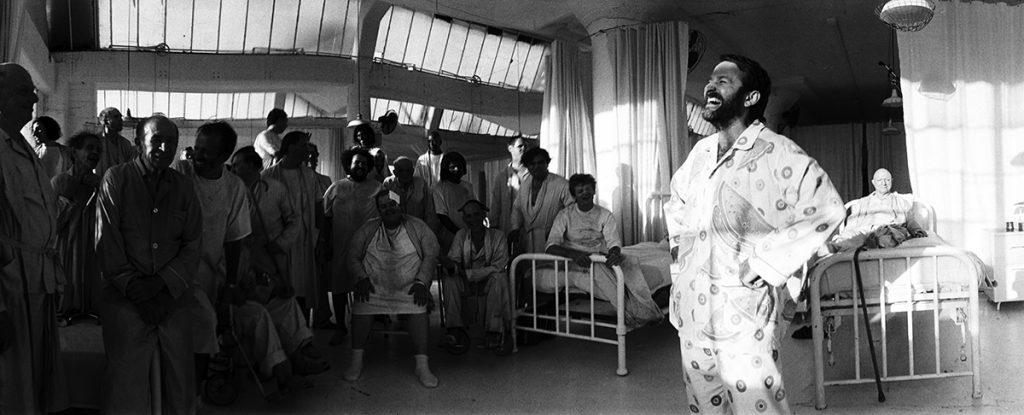
By carefully observing Bridges’ photographs, we can see that his is a clear vision, never stereotyped and always participated in a world in constant evolution; but, if on the one hand his archive allows us to retrace what is actually the history of cinema, on the other – to my question about what photography means for him – the actor replies:
“What does it mean to me? Well… Just the whole idea of photography capturing shadows and light. What an amazing thing. I’m a fan of Jacques-Henri Lartigue who started photographing as a young boy around the turn of the 20th century. I think he had a panning camera as well. Looks like some of his photographs were taken with one. But his shots were almost like snapshots. Other photos from that time were very staid and Lartigue’s really show life. So that’s what I try to do with my photography is to show what it’s like at the end of the 20th century beginning of the 21st… making movies and to capture that light. Everything is changing quickly that way. They’re no longer making film cameras. It’s all digital now.
A less selfish way is to capture what movies were like from an insider’s point of view. But for me personally, when I look back at the photographs and then I make these books for the cast and crew… it’s like being transported back in time. I can really remember all those wonderful moments and experiences. So for me, it’s like home movies… a still version of home movies.”
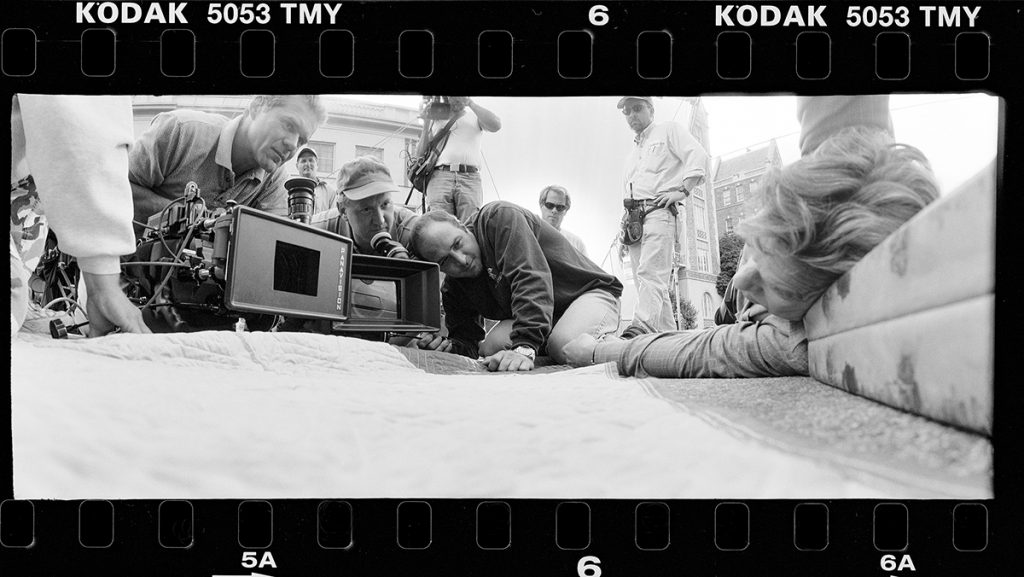
Bridges captures moments of his life, unrepeatable and unique, which through photography become part of his memory album, lifeblood that feeds art and creativity, as it happens in his drawings and in his music.
To my curiosity about how these different artistic souls communicate, Bridges replies: “Well… in my photography, I use a Widelux, which does not have a Through the lens [TTL, viewfinder, which allows you to frame the scene to be photographed directly through the lens, Ed.], but it’s a viewfinder from which you can’t know exactly what you’ll get. So there is a kind of capriciousness in working with Widelux. That capriciousness… on a good day, I’d like to have a bit of that, in both acting and music. When you relax and not take things too seriously, I find the best work tends to come through you.”
A sentence that denotes the importance that the “whim” has for the actor as a synonym of creative freedom, which is nothing more than the manifestation of his own philosophy.
What matters is the wonderful discovery of the moment and, more than anything else, knowing that you have lived that particular moment, because you are aware that everything you need to be happy is already around you: your family, your passions and your friends.
His photographs are the result of those moments, a visual autobiography that Jeff Bridges shares with us: ironic, amused, sometimes reflective and sometimes melancholic.
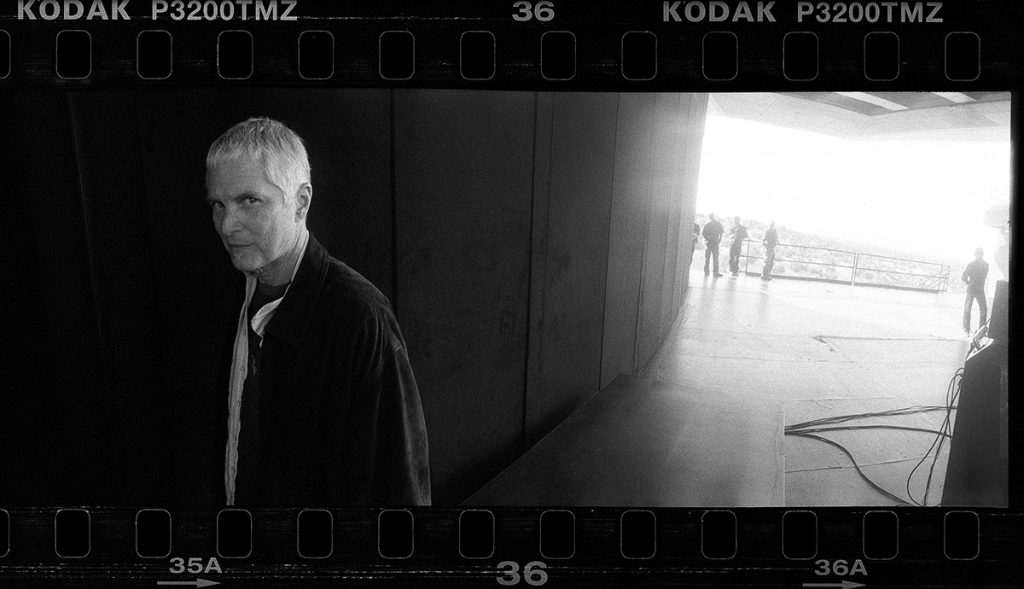
All images: © Jeff Bridges
To see more: Jeff Bridges website
December 10, 2020
